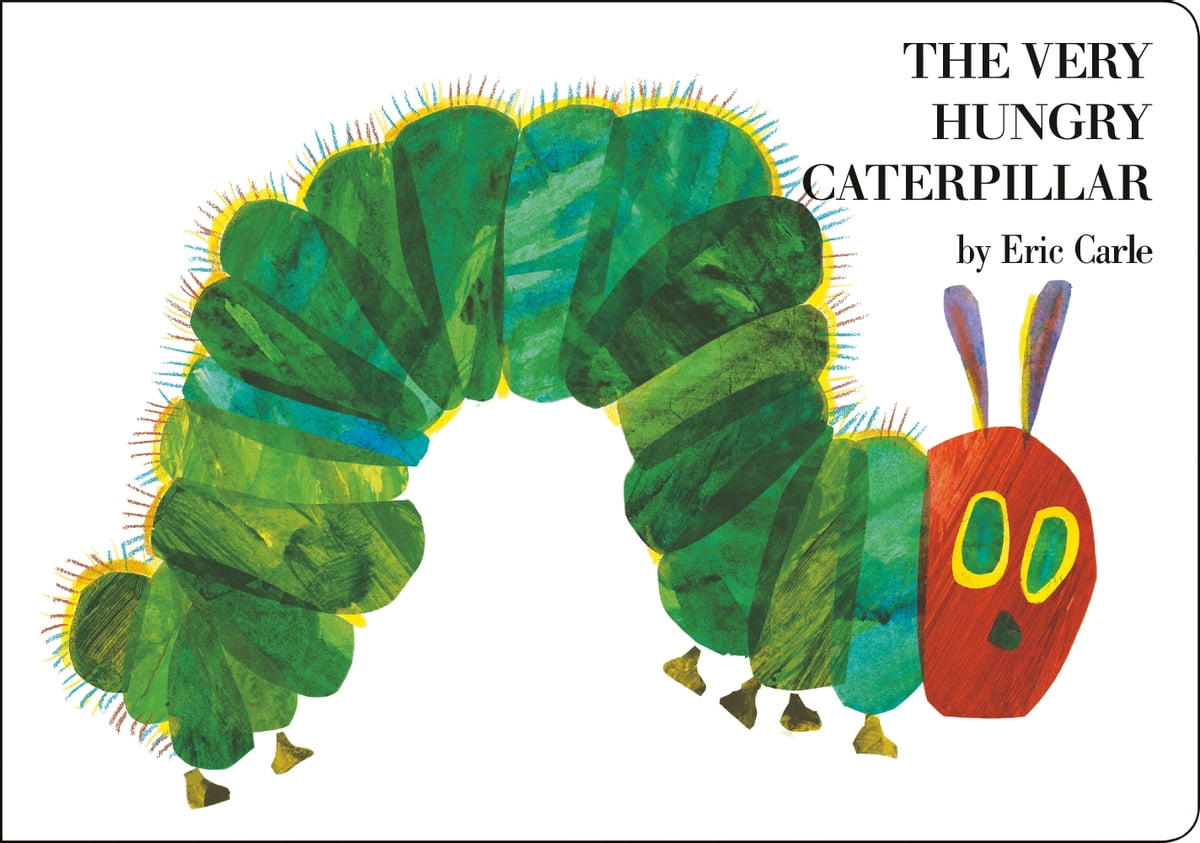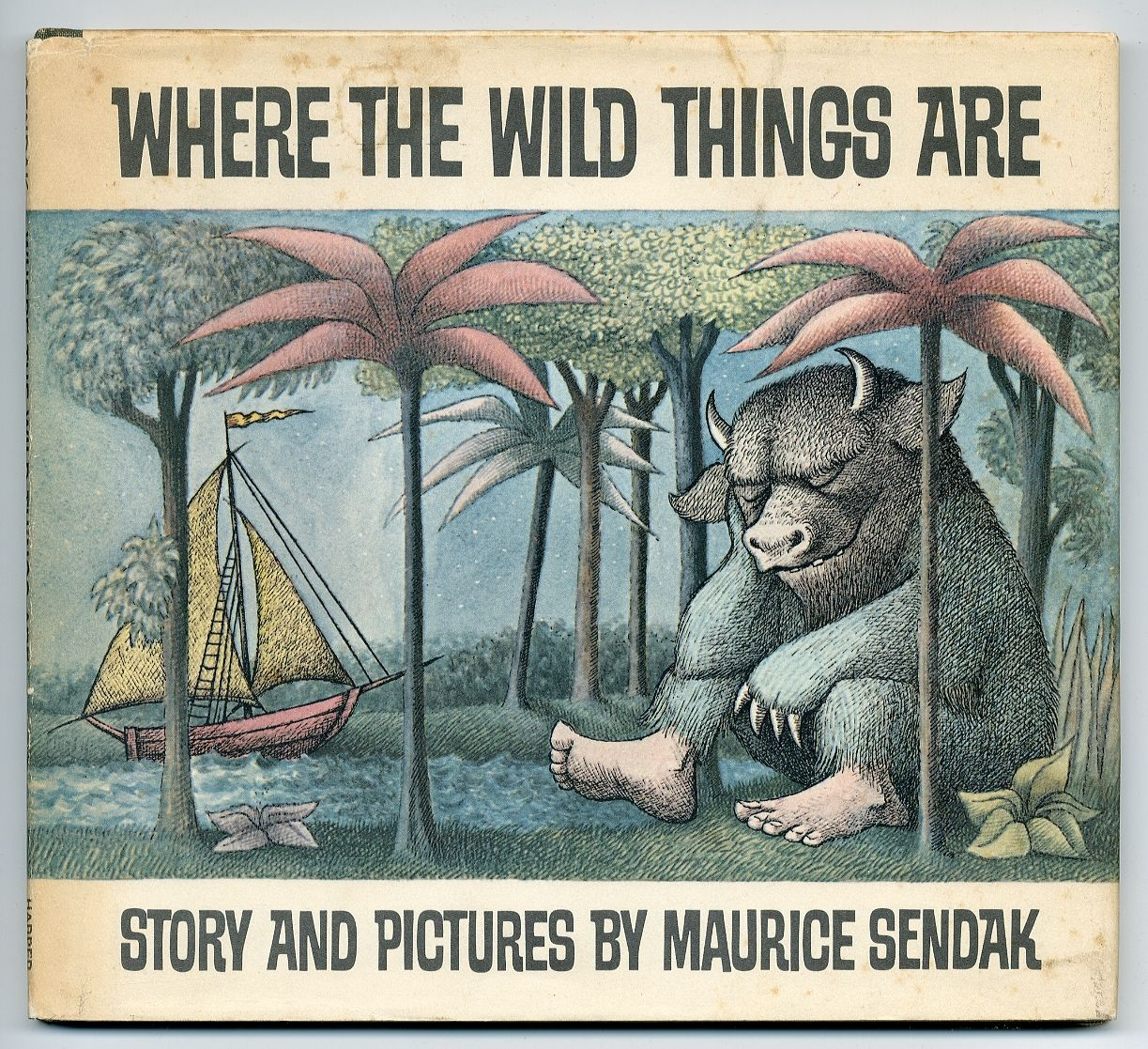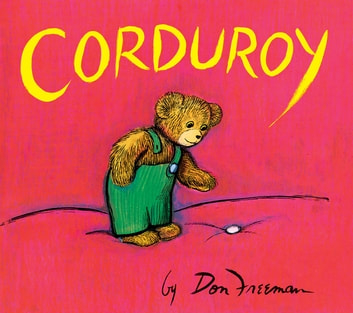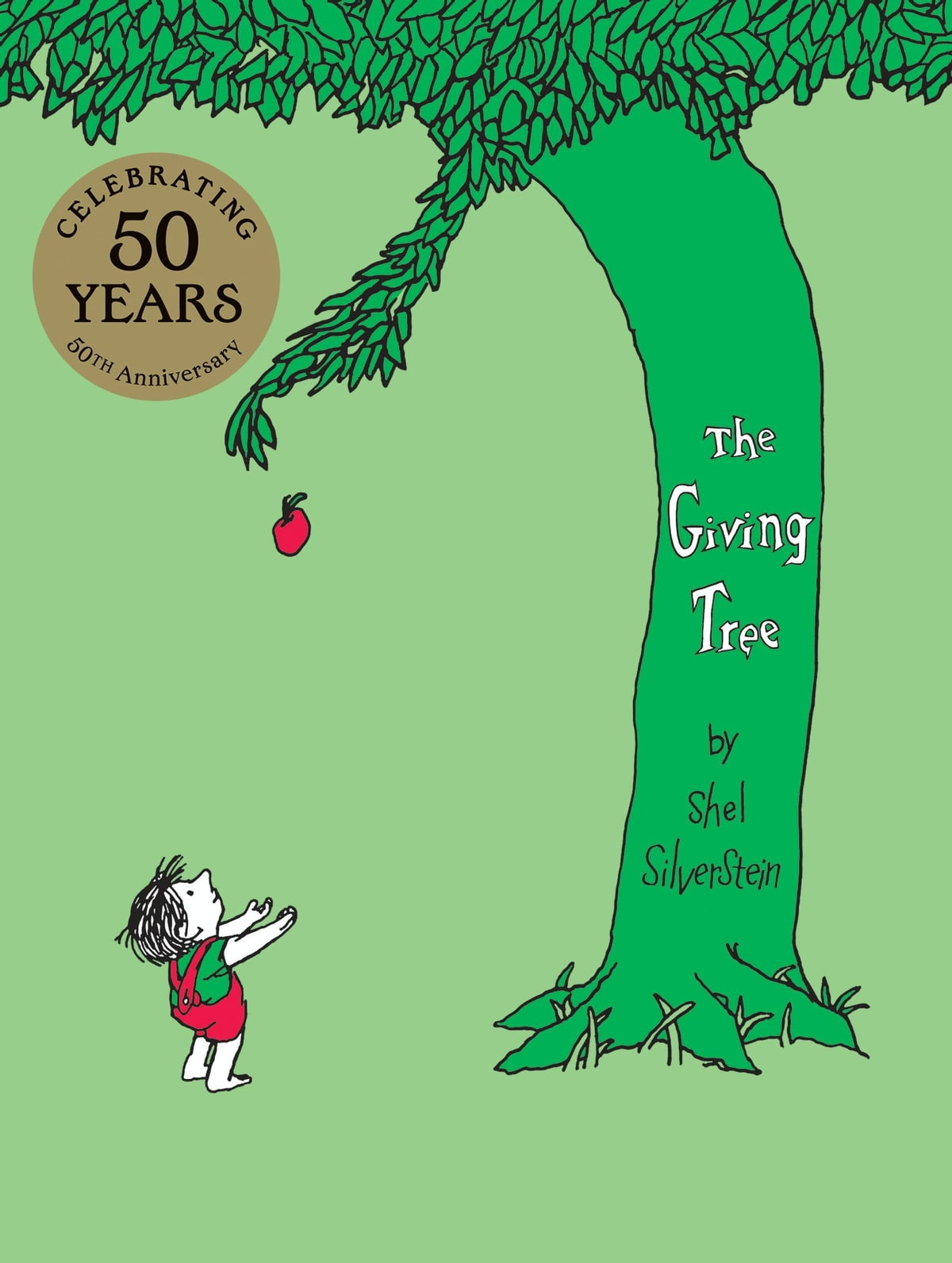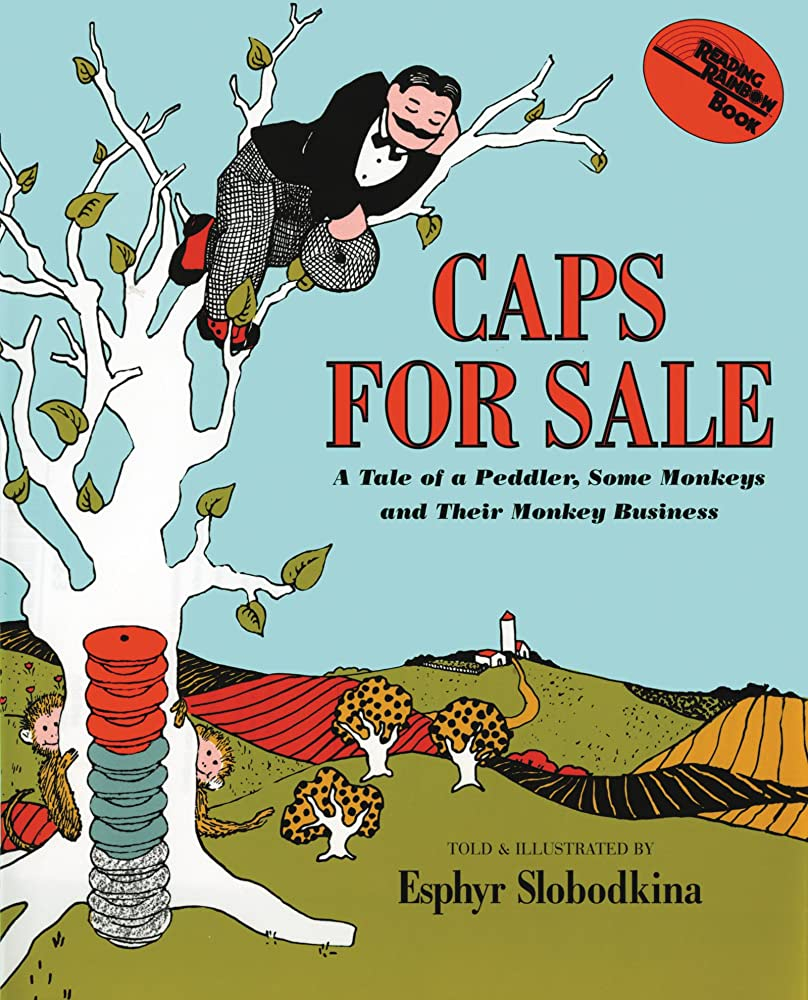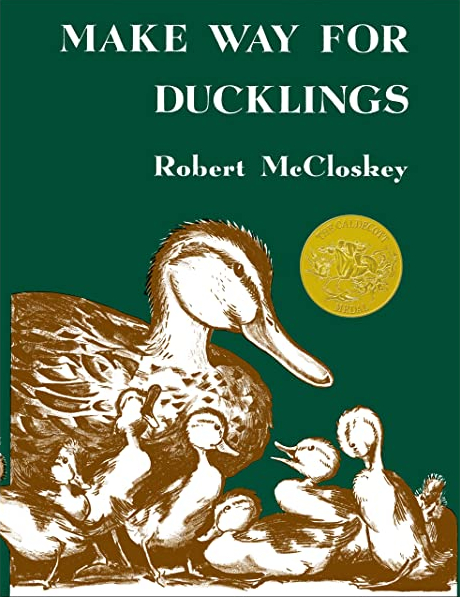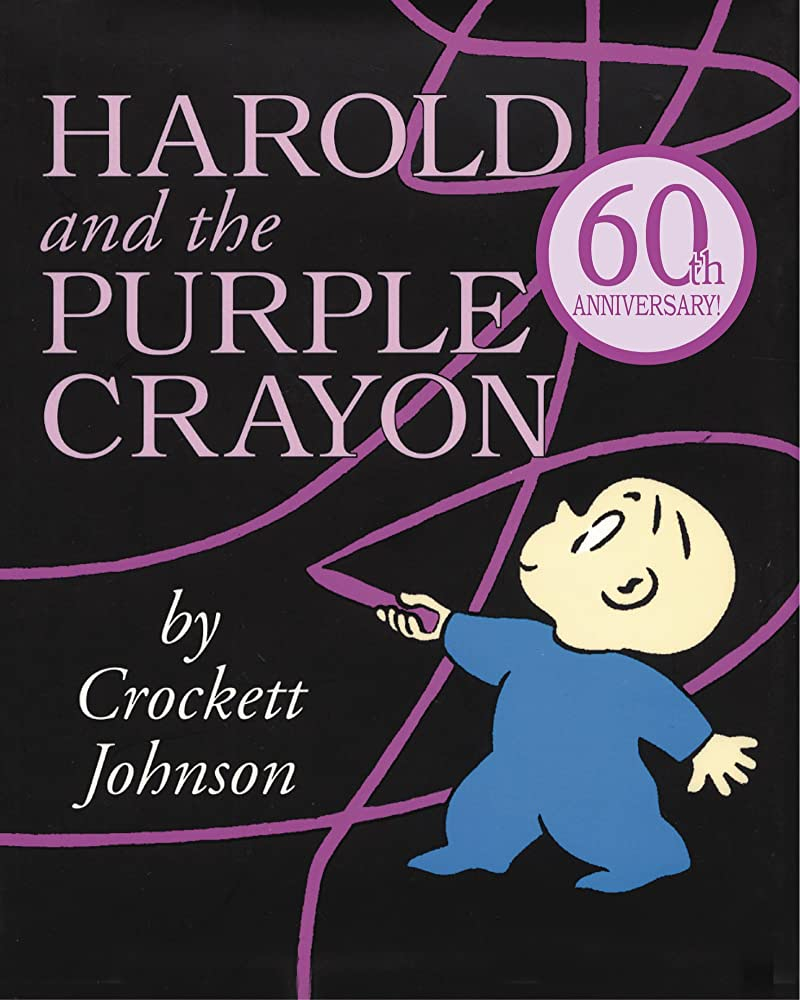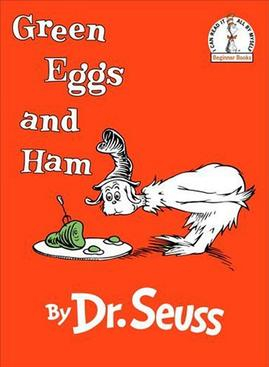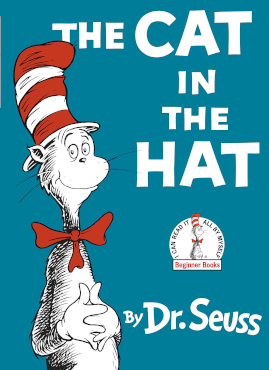The Best Apps for Kids Learning to Read | Reading App 2023
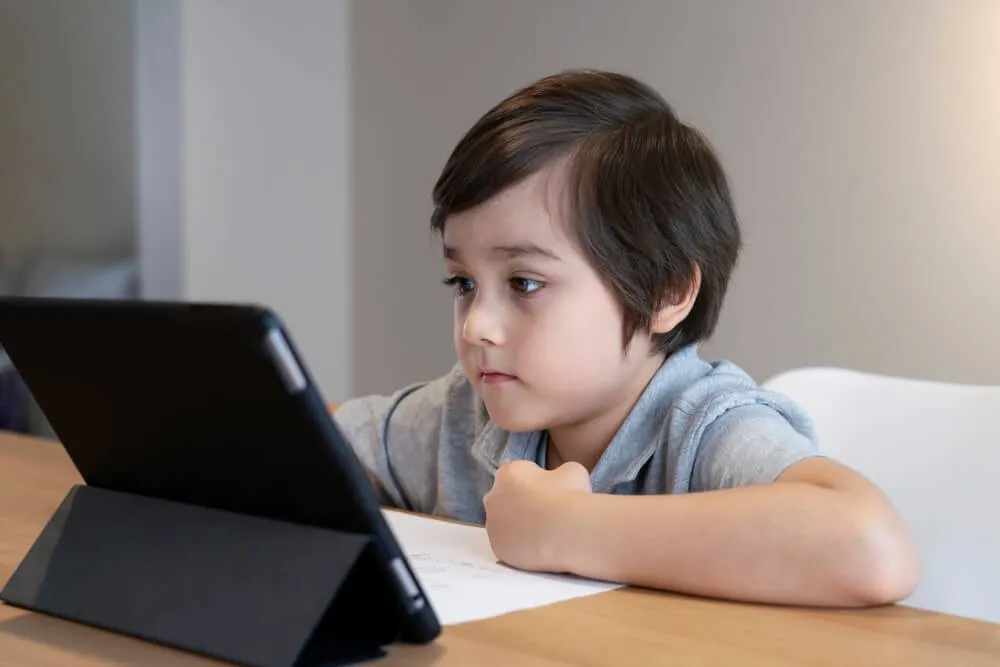
Learning to read is a crucial part of a child’s development. It sets the foundation for academic success and opens up a world of knowledge and imagination. In today’s digital age, there are numerous apps available that can help children learn to read in a fun and interactive way. However, with so many options out there, it can be challenging to choose the best apps for kids learning to read. In this article, we’ll take a closer look at some of the top apps that can help your child master the skill of reading.
Why Use Apps to Teach Reading?
1. Engaging and Interactive Learning Experience:
Apps offer an engaging and interactive way to teach reading. Most reading apps incorporate elements of gamification, making the learning experience fun and enjoyable. Kids can earn points, badges, and rewards for completing tasks, which keeps them motivated and engaged.
2. Wide Variety of Content:
Reading apps provide access to a wide variety of reading materials, from beginner books to advanced texts. This variety ensures that kids can progress at their own pace and find content that matches their interests.
3. Accessible Anytime, Anywhere:
One of the biggest advantages of using apps to teach reading is the accessibility they offer. Kids can access the apps from anywhere with an internet connection, making it easy to practice reading on the go.
Factors to Consider When Choosing Apps for Kids Learning to Read
Age Appropriateness:
Make sure the app is appropriate for your child’s age and reading level. Some apps are designed for preschoolers, while others are more suitable for older kids.
Learning Objectives
Check the app’s learning objectives to ensure they align with your child’s needs. Some apps focus on phonics, while others prioritize sight words or reading comprehension.
User-Friendliness:
Choose apps that are easy to navigate and use. Kids should be able to use the app independently with minimal assistance from adults.
Safety and Privacy:
Make sure the app is safe and secure. Check for any potential privacy concerns, such as data collection or in-app purchases.
The Best Apps for Kids Learning to Read
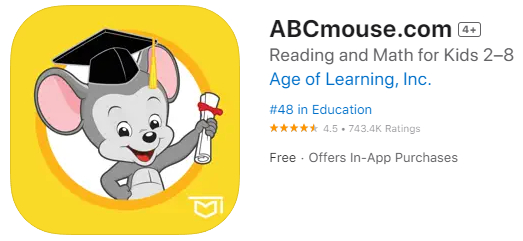
1. ABCmouse
ABCmouse is a popular app for young children, offering a comprehensive curriculum that covers reading, math, science, and more. The app includes over 10,000 learning activities and books, with lessons that progress from basic phonics to advanced reading comprehension.
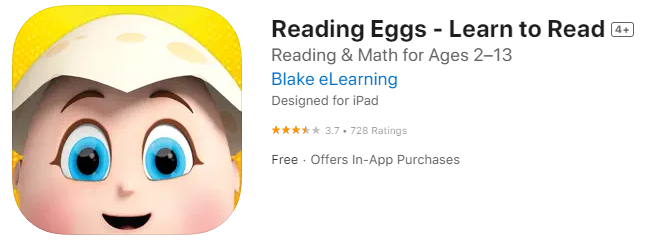
2. Reading Eggs
Reading Eggs is another popular app that focuses on phonics and sight words. The app includes interactive games and activities that teach kids to read.
3. Epic!
Epic! is an app that offers a wide selection of books, audiobooks, and videos for kids to explore. With over 40,000 titles, the app caters to all reading levels and interests. It also includes features such as read-to-me books, quizzes, and personalized recommendations.
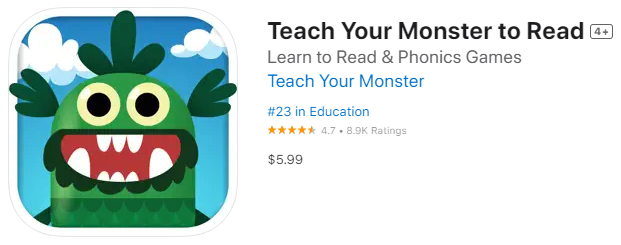
4. Teach Your Monster to Read
Teach Your Monster to Read is a fun and interactive app that helps kids master phonics and decoding skills. The app features a friendly monster character that guides kids through various games and challenges to improve their reading abilities.

5. Starfall
Starfall is a free app that provides engaging and interactive activities to teach phonics and early reading skills. The app includes games, songs, and stories that focus on letter recognition, phonemic awareness, and basic vocabulary.
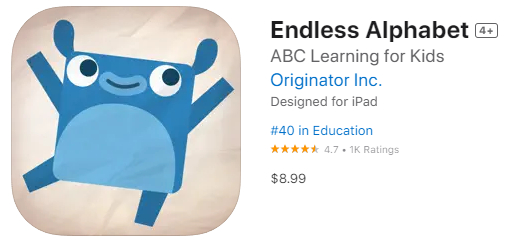
6. Endless Alphabet
Endless Alphabet is an app that uses colorful and animated monsters to teach kids new words and definitions. The app features over 100 words, each with its own interactive puzzle game and humorous animations.
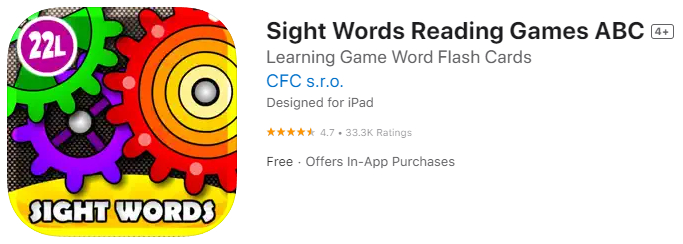
7. Sight Words
Sight Words is an app that focuses on teaching kids high-frequency words that they will encounter frequently in their reading. The app includes a variety of games and activities to help kids memorize and recognize sight words.
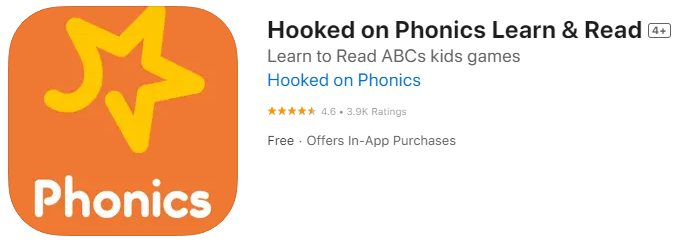
8. Hooked on Phonics
Hooked on Phonics is a well-known reading program that has been adapted into an app. The app includes interactive lessons, games, and books that focus on phonics and reading comprehension.
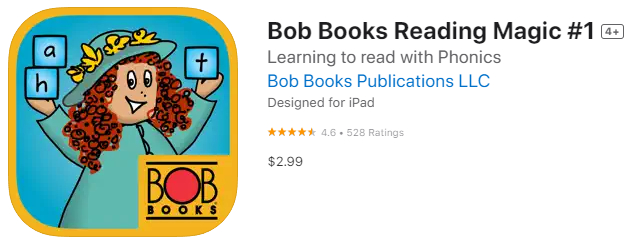
9. Bob Books Reading Magic
Bob Books Reading Magic is an app that uses the popular Bob Books series to teach kids phonics and reading skills. The app includes games and activities that encourage kids to practice sounding out words and building sentences.
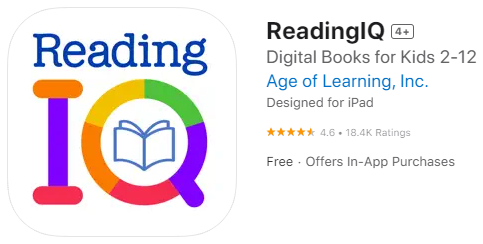
10. ReadingIQ
ReadingIQ is an app that offers a vast library of books for kids aged 2-12. The app includes thousands of books, including many popular titles and series. It also includes features such as reading assessments, progress tracking, and personalized recommendations.
Conclusion
In conclusion, there are many great apps available that can help kids learn to read in a fun and interactive way. When choosing an app for your child, consider factors such as age appropriateness, learning objectives, user-friendliness, and safety and privacy. With the right app, kids can improve their reading skills and develop a lifelong love of reading. The Best Apps for Kids Learning to Read are just a click away, so start exploring today! If you want to find the Best Book for Kid – visit our bookshelf and create a personalized avatar of your little one! 🙂
FAQs
1. Are Reading Apps Effective?
Yes, reading apps can be effective in teaching kids to read. They provide an engaging and interactive learning experience that can be tailored to each child’s individual needs and abilities.
2. At What Age Should Kids Start Using Reading Apps?
The age at which kids should start using reading apps will vary depending on the child’s individual needs and development. However, most reading apps are designed for preschoolers and elementary-aged children.
3. How Much Time Should Kids Spend on Reading Apps?
The amount of time kids should spend on reading apps will depend on their age, reading level, and individual needs. As a general guideline, younger children may benefit from shorter, more frequent sessions, while older children may be able to handle longer, more focused sessions.
4. Should Parents Supervise Their Child’s App Usage?
Yes, parents should always supervise their child’s app usage, particularly with younger children. Parents should ensure that the app is safe and appropriate for their child’s age and learning level and monitor their child’s progress and usage.
Benefits of Reading to Children from an Early Age
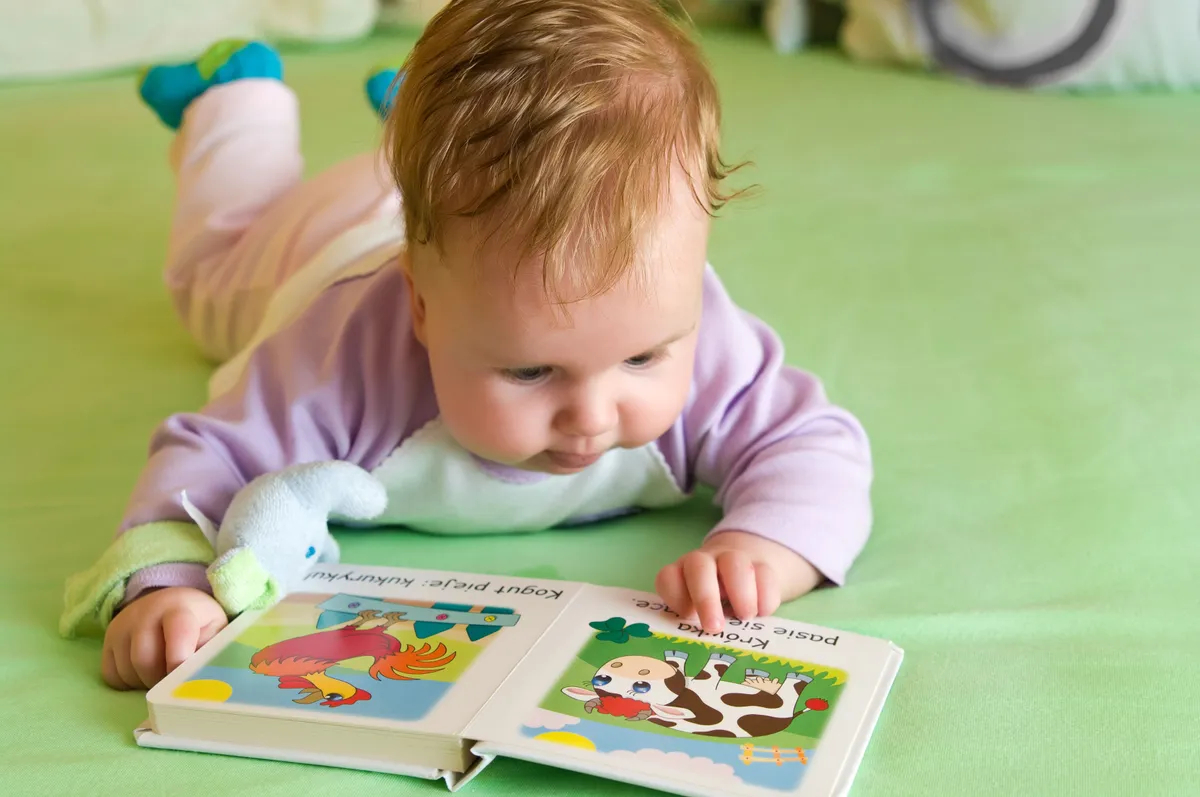
As a parent or caregiver, you want the best for your child’s future. You provide them with a safe and loving environment, nourishing meals, and educational opportunities. But have you considered the benefits of reading to your child from an early age? Reading is a fundamental skill that is essential for academic success and personal growth. By starting early and making it a regular part of your child’s routine, you can give them a strong foundation for a lifetime of learning. In this article, we will explore the many benefits of reading to children from an early age.
The Importance of Reading
Reading is an essential skill that allows us to communicate, learn, and understand the world around us. As we grow, our reading abilities expand, allowing us to comprehend more complex ideas and concepts. Children who are exposed to reading from an early age have a better chance of developing strong reading skills later in life. They also benefit from improved language skills, enhanced cognitive development, and increased creativity.
Benefits of Reading to Children from an Early Age
1. Language Development:
Reading to your child from an early age helps them develop strong language skills. Exposure to language and vocabulary builds their understanding of how words work, how sentences are constructed, and how ideas are conveyed. The more words they hear, the more they will learn and understand. This foundation will help them as they learn to read and write on their own.
2. Cognitive Development:
Reading stimulates the brain and enhances cognitive development. As children listen to stories and make connections between words and images, their brains are working to understand and process information. This process strengthens neural connections, which are essential for learning and problem-solving.
3. Improved Concentration and Focus:
Reading requires concentration and focus, which are skills that children develop over time. By reading to your child from an early age, you can help them build these skills gradually. This will benefit them not only in their academic pursuits but also in their personal and professional lives.

4. Emotional Development:
Reading is an excellent way to promote emotional development in children. Stories allow children to explore different emotions and experiences, helping them to develop empathy and understanding for others. This, in turn, can improve their social skills and relationships with others.
5. Increased Creativity:
Reading stimulates the imagination and encourages creativity. As children listen to stories and visualize the characters and settings, they are developing their own creativity and imagination. This creativity can benefit them in many aspects of their lives, from problem-solving to artistic pursuits.
Conclusion
Reading to your child from an early age has numerous benefits, from improving language skills to enhancing cognitive development and promoting emotional growth. By making reading a regular part of your child’s routine, you can give them a strong foundation for a lifetime of learning. So, grab a book and start reading with your child today! You can find the next perfect book for your kid by visiting our 2-minute-test for parents!
FAQs
1. At what age should I start reading to my child?
You can start reading to your child as soon as they are born. Even newborns can benefit from exposure to language and the sound of your voice.
2. How often should I read to my child?
Reading should be a regular part of your child’s routine. Aim for at least 15-20 minutes of reading time each day.
3. What types of books should I read to my child?
Choose books that are appropriate for your child’s age and reading level. Look for books with engaging stories, colorful illustrations, and age-appropriate themes.
The Science Behind Children Reading: How the Kid’s Brain Processes Text
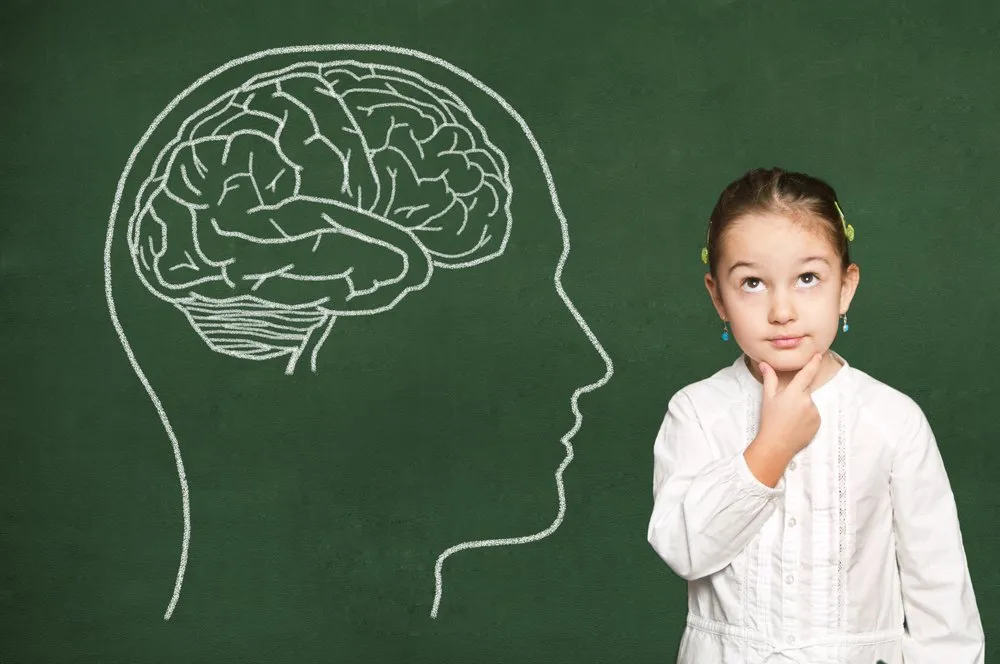
Reading is an essential skill that every child needs to learn. It not only helps in developing their language and cognitive skills but also expands their knowledge and imagination. As parents or educators, it is important to understand the science behind children reading and how their brains process text.
In this article, we will discuss the importance of reading for kids, the science behind children reading, and how you can help improve their reading skills.
The Importance of Reading for Kids:
Reading is a fundamental skill that is necessary for success in life. It helps in developing vocabulary, comprehension, critical thinking, and problem-solving skills. Reading also improves imagination, creativity, and empathy. Children who read regularly are more likely to perform better in school, have higher academic achievement, and develop a lifelong love for learning.
The Science Behind Children Reading:
The process of reading involves various areas of the brain, including the occipital lobe, temporal lobe, and frontal lobe. The occipital lobe processes visual information, while the temporal lobe is responsible for recognizing and understanding words. The frontal lobe helps in making connections between words and ideas and is involved in higher-order thinking.
When a child reads, their brain processes information in two ways: phonetically and visually. Phonetics refers to the sounds of words, while visual processing involves recognizing words by their appearance. Both of these processes work together to help a child understand what they are reading.
How Children’s Brains Process Text:
The process of reading involves the following steps:
- Visual Recognition: When a child reads, their brain processes the visual information and recognizes the words on the page.
- Phonetic Processing: Once the words are recognized, the brain processes the sounds of the words and combines them to form meaningful sentences.
- Comprehension: After the sounds of the words are processed, the brain then comprehends the meaning of the sentence and the overall message of the text.
- Retention: Finally, the brain stores the information in long-term memory, which helps the child recall the information later.
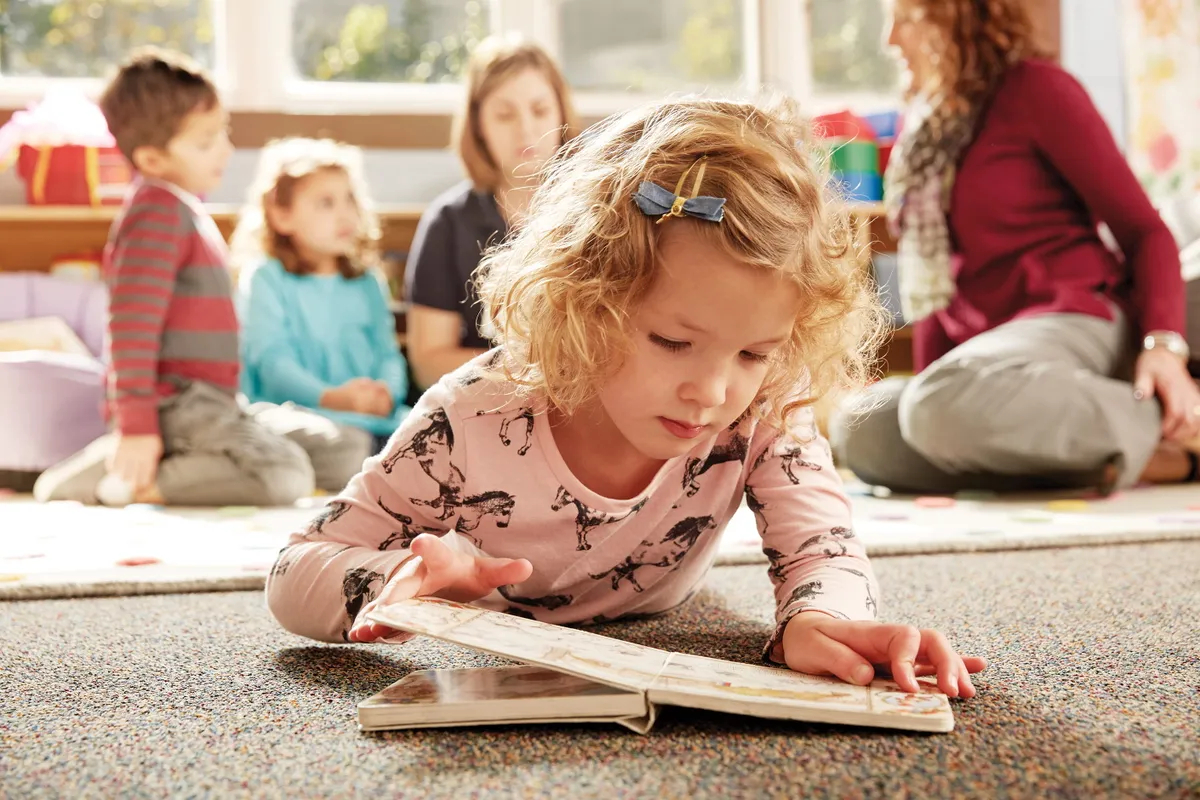
How to Improve Children’s Reading Skills:
As parents or educators, there are many ways to help improve children’s reading skills. Here are a few tips:
- Read Aloud: Reading aloud to children can help them develop their phonetic processing skills and improve their comprehension.
- Encourage Reading: Encourage children to read every day, even if it’s just for a few minutes. This helps in developing reading fluency and comprehension.
- Practice Phonics: Phonics is a method of teaching reading by correlating sounds with letters or groups of letters. Encourage children to practice phonics regularly.
- Provide a Variety of Reading Materials: Provide children with a variety of reading materials, including books, magazines, and newspapers. This helps in developing their vocabulary and comprehension skills.
- Use Reading Apps: There are many reading apps available that can help children improve their reading skills. These apps provide interactive stories and games that make reading fun and engaging.
How Can Parents Help their Child who is Struggling with Reading?
If your child is struggling with reading, there are several things you can do to help them. Here are a few tips:
- Find out the root of the problem: Talk to your child’s teacher or a reading specialist to determine the cause of the reading difficulties.
- Provide extra support: Offer extra support by reading with your child and providing additional practice materials.
- Break down reading into smaller steps: Break down reading into smaller steps to make it more manageable for your child.
- Create a comfortable reading environment: Make sure your child has a comfortable and quiet place to read, with good lighting and minimal distractions.
- Be patient and positive: Encourage your child and be patient as they work to improve their reading skills.
Conclusion
Reading is a critical skill that every child needs to learn. It not only expands their knowledge and imagination but also helps in developing their language and cognitive skills. The science behind children reading shows how the brain processes text and the various areas of the brain involved in the process.
As parents or educators, it’s essential to understand how children’s brains process text while reading and the ways to improve their reading skills. Encouraging children to read every day, providing a variety of reading materials, and offering extra support can help them become confident readers and develop a lifelong love for learning. Complete t
FAQs
1. At what age should children start reading?
Children can start reading as early as 3 years old. However, the age at which a child starts reading can vary depending on their development.
2. Can reading help improve children’s language skills?
Yes, reading can help improve children’s language skills, including vocabulary, comprehension, and critical thinking.
The Power of Reading: How It Helps Your Child’s Development
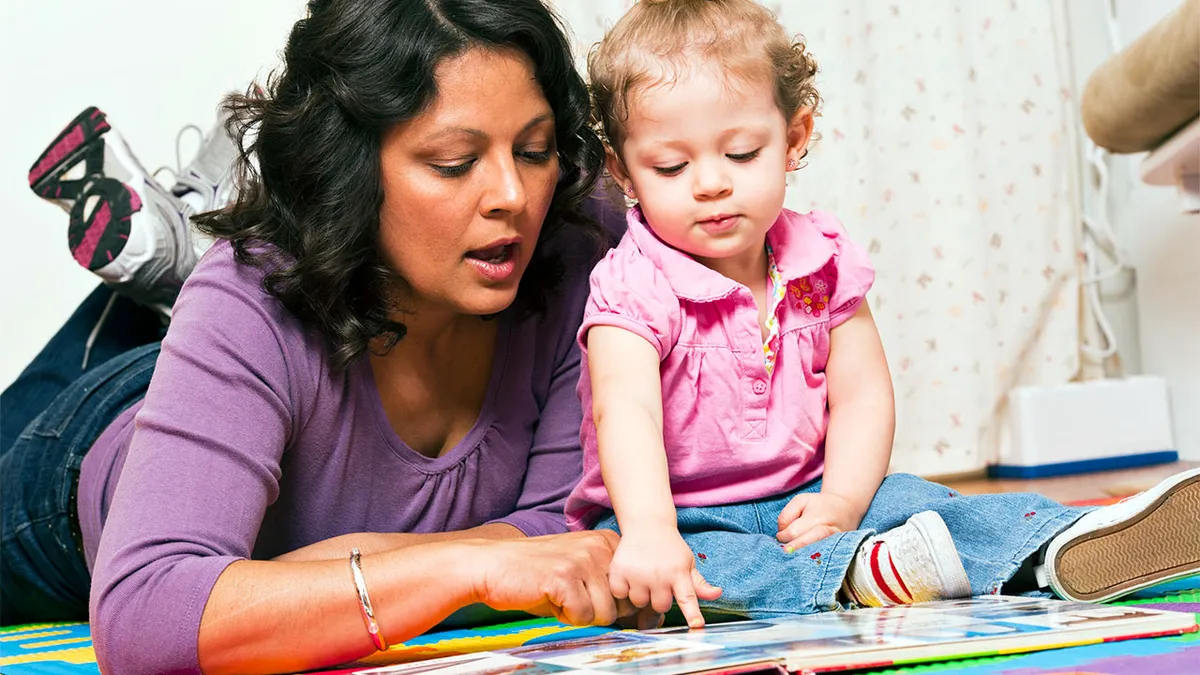
As parents, we all want the best for our children. We strive to provide them with the tools they need to succeed in life, and one of the most crucial tools is reading. Reading is an essential skill that not only enables our children to acquire knowledge but also helps them develop important cognitive, social, and emotional skills. In this article, we will explore the power of reading and how it can positively impact your child’s development.
Why is reading important for children?
Reading is more than just a pastime or a means of acquiring knowledge. It is a skill that opens doors to new worlds and experiences. It provides children with an opportunity to explore different cultures, ideas, and perspectives. Here are some of the reasons why reading is important for children:
1. Develops cognitive skills
Reading requires children to use their brain in new and different ways. It helps them develop critical thinking, problem-solving, and analytical skills. Reading also enhances their vocabulary, comprehension, and language skills, which are essential for academic success.
2. Improves social skills
Reading can also help children develop social skills such as empathy and understanding. When children read stories, they learn about different characters and their experiences. This helps them understand different perspectives and builds their emotional intelligence.
3. Boosts emotional development
Reading can be a form of therapy for children, especially those going through difficult times. It can help them understand and cope with their emotions and experiences. Reading also helps children develop empathy and compassion, which are essential for healthy emotional development.
The Power of Reading: How It Helps Your Child’s Development
1. Enhances vocabulary
Reading is an excellent way for children to expand their vocabulary. They are exposed to new words and concepts, which they can then use in their everyday conversations. This not only improves their communication skills but also helps them become better writers.
2. Improves comprehension
Reading requires children to understand and analyze text. They need to make connections between what they are reading and what they already know. This process improves their comprehension skills, which are essential for academic success.
3. Stimulates imagination
Reading can transport children to different worlds and experiences. It stimulates their imagination and creativity, allowing them to explore new ideas and perspectives. This is crucial for developing innovative and critical thinking skills.
4. Builds empathy and understanding
When children read stories, they are exposed to different characters and their experiences. This helps them develop empathy and understanding for others. They learn to put themselves in other people’s shoes and see things from different perspectives.
5. Develops discipline and focus
Reading requires concentration and focus. It teaches children to sit still and focus their attention on one thing for an extended period. This discipline and focus are essential skills that can help children succeed in school and in life.
Conclusion
The power of reading cannot be overstated when it comes to a child’s development. Reading enhances cognitive, social, and emotional skills and provides children with a window into different worlds and perspectives. As parents, we can encourage reading by making it a fun and engaging activity, choosing books that align with our children’s interests and reading level, and setting aside regular reading time. By doing so, we can help our children unlock the many benefits that reading has to offer and set them on a path towards academic and personal success. Find the next perfect book uniquely developed for your children after completing our 2-minute test for parents!
FAQs
1. At what age should I start reading to my child?
You can start reading to your child as early as six months old. Reading to your child at a young age can help them develop language skills and prepare them for academic success.
2. How can I encourage my child to read?
Make reading a fun and engaging activity by choosing books that align with your child’s interests and reading level. Set aside regular reading time and create a comfortable and cozy reading space. Encourage your child to ask questions and engage in discussions about what they are reading.
3. Can reading too much be harmful to my child?
Reading is generally beneficial for children, but excessive reading can lead to eye strain and fatigue. It is essential to balance reading with other activities such as physical exercise, socializing, and outdoor play.
10 Books to Read Before Your Child Starts School in 2023
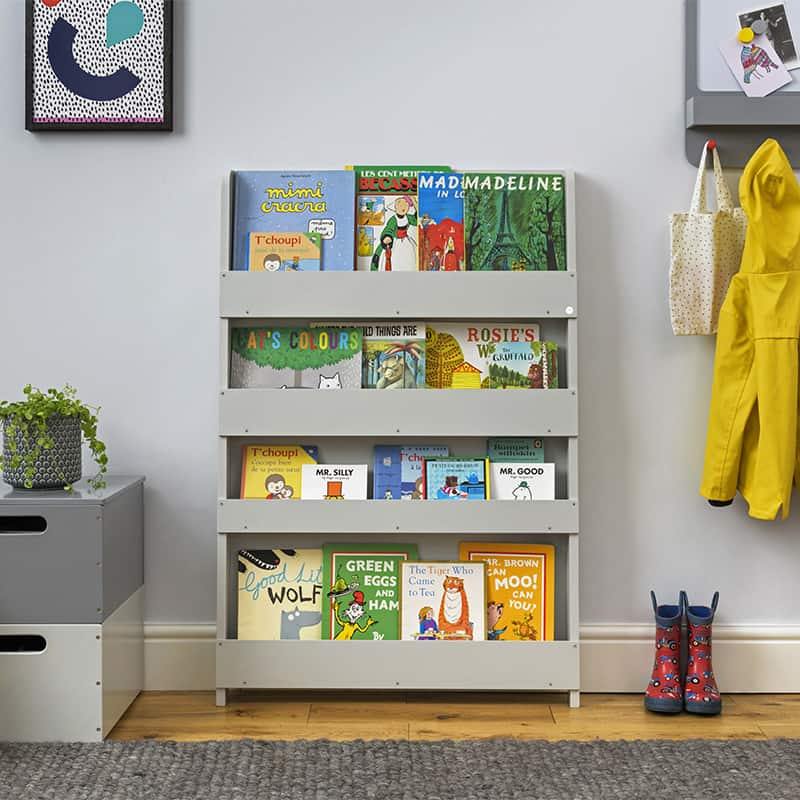
Starting school is an exciting time for children, but it can also be overwhelming. As a parent, you want to give your child the best possible start, and one of the best ways to do that is by reading to them. Reading to your child can help them develop a love of learning, improve their language skills, and introduce them to new ideas and experiences. In this article, we will be discussing 10 books that every parent should read to their child before they start school.
10 Books to Read Before Your Child Starts School:
1. “The Very Hungry Caterpillar” by Eric Carle
This classic picture book is perfect for young children. It teaches them about the lifecycle of a butterfly and introduces them to different types of food.
2. “Oh, The Places You’ll Go!” by Dr. Seuss
This is a great book for teaching children about the endless possibilities that await them. It encourages them to dream big and believe in themselves.
3. “Where the Wild Things Are” by Maurice Sendak
This book is a timeless classic that takes children on a wild adventure. It encourages them to use their imagination and be brave.
4. “Corduroy” by Don Freeman
This heartwarming story is about a teddy bear who is looking for his missing button. It teaches children about the value of friendship and the importance of being kind.
5. “The Giving Tree” by Shel Silverstein
This is a beautiful story about the relationship between a boy and a tree. It teaches children about the importance of giving and the joy of selflessness.
6. “Caps for Sale” by Esphyr Slobodkina
This is a fun and silly story about a cap salesman and some mischievous monkeys. It teaches children about problem-solving and the consequences of our actions.
7. “Make Way for Ducklings” by Robert McCloskey
This is a charming story about a family of ducks and their journey through the city. It teaches children about the importance of family and the beauty of nature.
8. “Harold and the Purple Crayon” by Crockett Johnson
This imaginative story is about a young boy named Harold who goes on a magical journey with his purple crayon. It encourages children to use their creativity and to believe in the power of their own imagination.
9. “Green Eggs and Ham” by Dr. Seuss
This is a fun and entertaining story about trying new things. It encourages children to be adventurous and to not be afraid of new experiences.
10. “The Cat in the Hat” by Dr. Seuss
This is a classic story that every child should read. It teaches children about the importance of responsibility and the consequences of our actions.
Conclusion
Reading to your child is one of the best things you can do to prepare them for school. It helps them to develop their language skills and expand their imagination, and introduces them to new ideas and concepts. By reading these 10 books to your child before they start school, you can help set them on the path to success.
These books are not only educational, but they are also fun and entertaining, making reading a pleasure for both you and your child. So, take some time each day to read to your child and watch them grow and thrive as they prepare for the exciting journey ahead. Remember, reading is the key to unlocking a world of possibilities, and these 10 books are a great place to start. If you want to explore the world of personalized books (uniquely made for your children) you can visit our bookshelf through this link!
FAQs
1. What age group are these books suitable for?
These books are suitable for children aged 3-6 years old.
2. Why is reading important for children before they start school?
Reading helps children to develop their language skills, their imagination, and their love of learning. It also introduces them to new ideas and experiences, which can help them to better understand the world around them.
3. How often should I read to my child?
Ideally, you should read to your child every day. Even if it’s just for a few minutes, it can make a big difference in their development.
How to Teach Your Child to Read: A Step-by-Step Guide in 2023

Learning to read is one of the most important skills your child will ever learn. Not only does reading help them access knowledge and information, but it also promotes critical thinking, empathy, and creativity. However, teaching your child to read can feel overwhelming, especially if you’re not sure where to start.
In this step-by-step guide, we’ll walk you through everything you need to know to teach your child to read in 2023. From creating a reading-friendly environment to selecting the right books and activities, we’ve got you covered.
1. Create a Reading-Friendly Environment
Creating a reading-friendly environment is the first step in teaching your child to read. By making reading a comfortable, enjoyable experience, you can help your child develop a love for books and learning. Some tips for creating a reading-friendly environment include setting up a cozy reading nook, using reading-themed decorations, keeping a variety of books on hand, limiting screen time, and making reading fun and engaging.
2. Introduce Phonics and Sight Words
Phonics and sight words are the building blocks of reading. Phonics involves teaching children the relationship between letters and the sounds they make, while sight words are common words that children memorize to read quickly and fluently. To introduce phonics and sight words, start with the basics and use a variety of methods, such as flashcards, games, and songs. It’s also helpful to incorporate technology, such as educational apps and websites, and to practice regularly to reinforce learning.
3. Encourage Reading Aloud
Reading aloud is an important part of teaching your child to read. It helps them develop phonemic awareness, comprehension, and vocabulary, as well as a love of stories and books. To encourage reading aloud, start early and often, ask questions and encourage discussion, model good reading habits, and read a variety of texts, such as fiction, nonfiction, and poetry.

4. Read Together Every Day
Reading together every day is one of the best things you can do to promote your child’s reading skills and love of books. It’s important to find a regular time and place, let your child choose the books, make it interactive, and keep it fun and engaging. By making reading a regular part of your routine, you can help your child develop the skills and habits they need to become confident, lifelong readers.
5. Select the Right Books and Activities
Selecting the right books and activities is essential to keeping your child engaged and motivated to read. It’s important to choose books at the right level, consider your child’s interests, use a variety of formats, and incorporate reading games and activities, such as scavenger hunts, storytelling, and role-playing. By mixing it up and keeping it fresh, you can help your child develop a love of learning and reading.
6. Address Challenges and Struggles
Teaching your child to read can be challenging, and it’s important to be prepared for common struggles and challenges. Some tips for addressing challenges and struggles include recognizing them early, being patient and supportive, using a multi-sensory approach, getting help if needed, and celebrating successes and progress. By working together and staying positive, you can help your child develop the reading skills and confidence they need to succeed.
Key Takeaways:
- Set up a cozy reading nook with a comfortable chair, good lighting, and a few favorite books.
- Use reading-themed decorations, such as alphabet posters and bookends, to create a fun and inviting space.
- Keep a variety of books on hand, including picture books, early readers, and chapter books, to cater to your child’s changing interests and abilities.
- Limit screen time and encourage reading as a healthy alternative activity.
- Make reading fun and engaging by using props, acting out stories, and incorporating games and activities.
Conclusion
Teaching your child to read is a journey that requires patience, dedication, and a whole lot of love. By following this step-by-step guide, you can create a reading-friendly environment, introduce phonics and sight words, encourage reading aloud, read together every day, select the right books and activities, and address challenges and struggles. With time and practice, your child will become a confident, capable reader who loves to learn and explore the world through books. To find the perfect personalized book, visit our 2-minute-test for parents!
FAQs
1. What age should I start teaching my child to read?
It’s never too early to start promoting reading skills. Even babies benefit from being read to and exposed to books.
2. How can I tell if my child is ready to start learning to read?
Look for signs of interest, such as pointing at letters and asking about words. You can also try some simple activities, such as letter matching games, to gauge their readiness.
3. What if my child struggles with reading?
It’s important to be patient and supportive, and to use a multi-sensory approach to teaching reading. If your child continues to struggle, it may be helpful to seek the guidance of a reading specialist or tutor.
4. Should I let my child choose their own books to read?
Absolutely! Allowing your child to choose their own books promotes a love of reading and helps them feel ownership over their learning. Encourage them to explore a variety of genres and formats.


